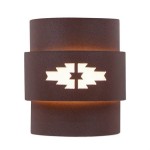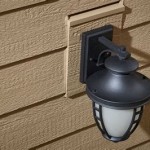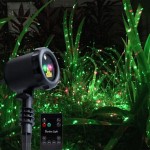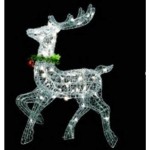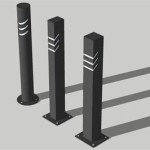How to Connect Outdoor Cables
Connecting outdoor cables properly is crucial for ensuring reliable and efficient data transmission in outdoor environments. These cables are exposed to harsh weather conditions and potential physical damage, making it essential to consider various factors for successful installation.
This article explores the essential aspects of connecting outdoor cables, providing guidance on selecting the right cable, understanding cable preparation techniques, and ensuring proper installation practices. By considering these aspects, you can achieve optimum performance and longevity for your outdoor cabling infrastructure.
Cable Selection
The first step in connecting outdoor cables is selecting the appropriate cable type based on the application and environment. Consider factors such as the length, bandwidth requirements, and the presence of moisture or direct sunlight. Different cable types, such as Cat5e, Cat6, and fiber optic cables, have varying capabilities and are suited for specific scenarios.
Cable Preparation
Before connecting outdoor cables, proper preparation is essential. This includes stripping the cable jacket, untwisting the pairs, and terminating the ends with appropriate connectors. The length of the stripped jacket and the sequence of untwisting the pairs should align with the connector's specifications. Proper termination ensures a secure and low-resistance connection.
Installation Practices
Outdoor cable installation involves routing the cables through conduits or cable trays, securing them with appropriate fasteners, and protecting them from moisture and physical damage. Conduits provide a protective pathway for the cables, while cable trays offer flexibility for future changes. Fasteners should be weather-resistant and robust enough to withstand environmental conditions.
Waterproof Considerations
Outdoor cables are susceptible to moisture ingress, which can damage the connections and disrupt signal transmission. Waterproof connectors, such as gel-filled or heat-shrink connectors, create a sealed environment around the termination points. Additionally, using moisture-resistant cables and routing them in areas protected from direct rain or snow can further enhance the system's reliability.
Testing and Troubleshooting
After connecting outdoor cables, thorough testing is crucial to verify the installation's integrity. Use a cable tester to ensure continuity, proper termination, and absence of shorts or open circuits. If any issues are identified, recheck the connections, replace faulty cables or connectors, and test again until satisfactory results are obtained.
Conclusion
Connecting outdoor cables requires careful attention to various aspects, including cable selection, preparation, installation practices, waterproof considerations, and testing. By understanding these essential elements, you can achieve reliable and efficient outdoor cabling infrastructure that meets the demands of your application. This article provides a comprehensive guide to connecting outdoor cables, ensuring optimal performance and longevity.

How To Join A Coax Cable Outside

How To Run Electrical Wiring Outside Family Handyman

Outdoor Junction Box For Armoured Cable 1st Electricians

How To Install Outdoor Electric Wiring With Pictures Wikihow

How To Install An Outdoor The Home Depot

Installation Help For Outdoor Lighting

I Installed My Own Coax Cable For Internet Modem And You Can Too Mike Kasberg
:strip_icc()/SCW_043_05-f6c2b7e74cf5447a9b491656f1814005.jpg?strip=all)
How To Ground Electrical Wires

How To Install An Outdoor Socket With Armoured Cable Tips For Electricians

How To Connect 4 Wire 3 At The Junction Box Ehow
